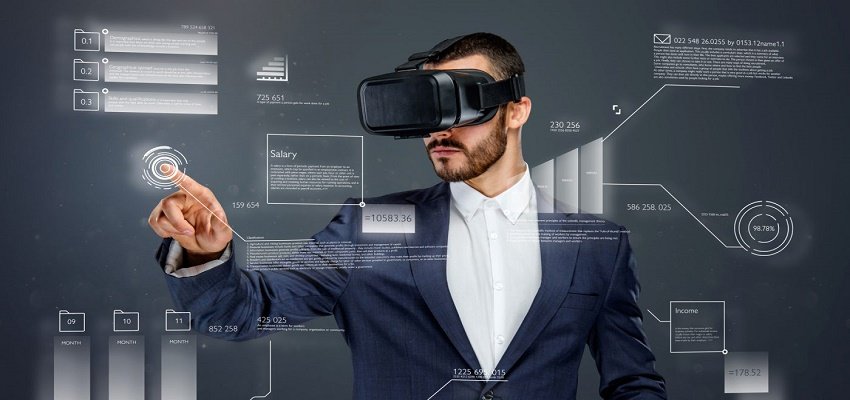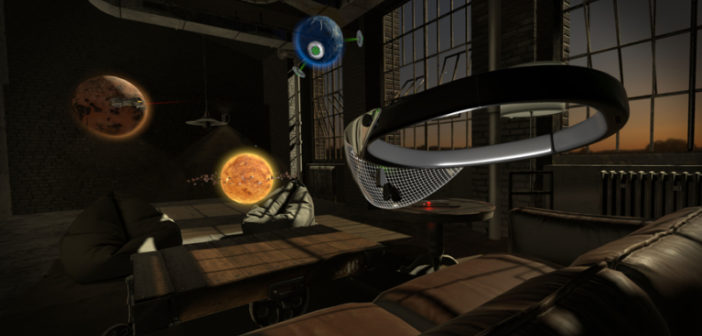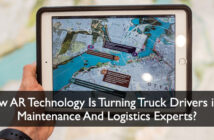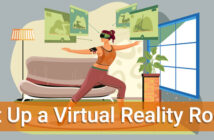Seeing is believing many industries are crazy for VR technology but the future is evident. A future where every home has a Virtual Reality engagement aspect in some way shape or form.
The Work Landscape Shifts
VR changing the workspace for the better. Virtuality is the chosen form of work training in today’s world. JFF (Jobs for the Future Labs) published its ‘2020 Immersive Technology Learning Report’ showing immersive technology is rising to be a $200bn+ corporate training industry. Pharma giant Thermo Fisher, and Walmart are able to use VR for production line personnel training. The goal is to cut training time in half. Start ups and leading experts definitely believe this is just the tip of the iceberg.

THE VR Experience today
HMDs( Head Mounted Displays) only partially involve the visual system giving the experience only partial engagement be it a big fraction of or vision but not all of it. The uses and affects are as follow:
The involvement factors like immersive and real environments cannot be fully processed due to non engagement of the brain’s natural 3D spatial cues.
Headaches,nausea, and strain on the retinas which limit usage to 20mins or less.
VR Application Development
These factors hinder the product from becoming a all time use product limiting the VR application development called the ‘one-metre barrier’. One-metre no go area for VR simulations that limit corporate progress and universal engagement of majority of the population.

There are ways to capitalize on the tech my providing tailored and personalized VR HMDs. On a large scale only created with a 20-year-old with 20/20 eyesight in mind rather than a person with problems with their eyesight. VR maybe feel like a blur without it. VR headset makers are now more considerate to access more people are working side by side with eyewear manufacturers to adjust and optimize the quality of the next-gen headgear. Businesses will benefit the most from these changes that are now being implemented by HTC, Oculus and other giants in the VR space. 65% of the world suffer from various eyesight issues which hinder their vision.
Access of a VR World is near
Around the world the AR/VR healthcare market is set to hit $5.1bn by 2025 according to a report View Research, ‘one-metre barrier’ maybe a thing of the past. Software is still currently made in the lines drawn in the sand by the limitations set by the platform. VR may never be the endpoint for final job services but rather a virtual walkthrough of what a potential day could go like.
The ability of VR/AR to help in sectors like construction one place and operate heavy machinery is involved VR is the best substitute. The construction of a VR habitat in the healthcare industry or a workspace to include all tasks that need to be achieved. Is now closer to being possible for many key fields in the workforce.




